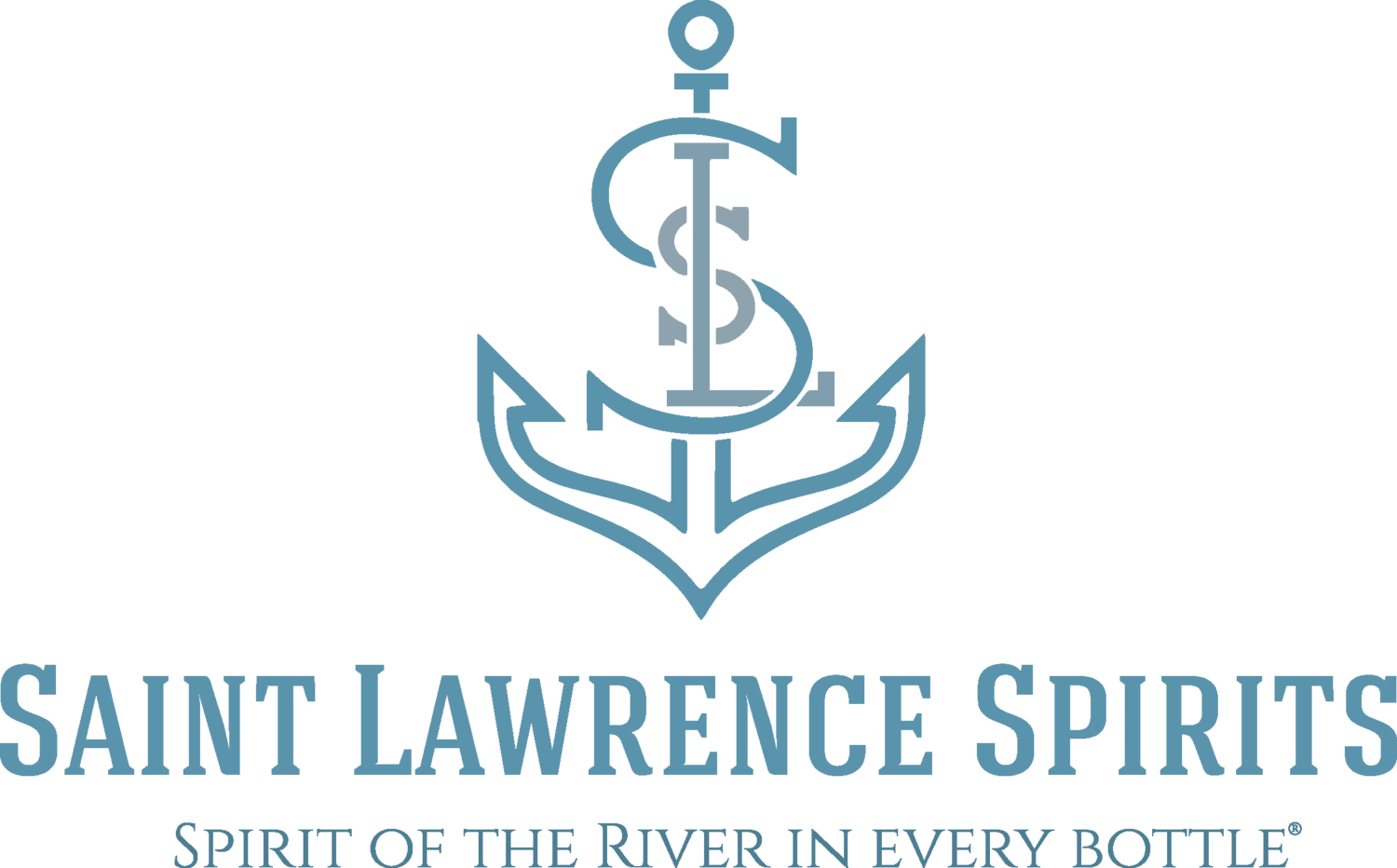A Brief Look at the History of Absinthe and Its Popularity through the Ages
Vincent Van Gogh, Ernest Hemingway, Arthur Rimbaud, and countless other artists and intellectuals in the late 1800’s all shared one thing in common—their love of the mystical and controversial spirit, Absinthe.
Absinthe & Artemisia
So, what exactly is absinthe? Absinthe is a spirit that’s produced much like gin. It’s a high-proof, natural spirit infused with botanicals. Three of the main herbs used in production is Artemisia absinthium (or wormwood), green anise, and fennel. Traditionally, the spirit is infused twice in order to obtain its trademark green color.
While absinthe is a drink that was particularly popular in the late 19th century, its roots date back centuries prior to that time. In fact, the earliest recorded use of wormwood was found in the Ebers Papyrus, an Egyptian medical papyrus dating back from 1550B.C. To the Egyptians of this time period, wormwood had both religious, as well as medicinal significance. Likewise, a decoction of wormwood was described fully by medical authority Pliny the Elder in A.D. 77 in his book “Naturalis Historia”, and used for over 1500 years to help ward off gastrointestinal worms (hence the name), soothe the bowels, promote digestion, dispel nausea and flatulence, aide in depression, and even increase sexual desire. In the 1840’s, French Soldiers were given absinthe to help ward off fevers and treat malaria. After the war, soldiers were found drinking the beverage for non-medicinal purposes and the popularity of absinthe grew.
The Artist’s Muse
After soldiers returned to France post-war, wine was in short supply and absinthe stepped in at the perfect time. The French love affair with the drink commonly referred to as ‘la fee verte‘(the green lady) spread throughout Europe. Drinking the concoction was art itself. The addition of cold water dripped over a cube of sugar through a specialty absinthe spoon, led to the magic of le louche (roughly translated to ‘the clouding’). It’s no wonder creative and intellectuals were trajected towards the absinthe trend.
Absinthe was also rumored to hold psychoactive properties, making it dangerous and seductive. While conservatives condemned it, artists and writers romanticized and drank obsessive amounts. Edgar Allan Poe, Ernest Hemingway, Charles Baudelaire, and others prominently feature the green lady in their writings and art.
Absinthe Banned
Absinthe was known as a mind-altering hallucinogenic during the time of its popularity in the late 19th and early 20th centuries. It was said that people were drinking so much of the green lady, it was leading to madness and even death. Before long, scores of testimonials and scandal caused the mystical drink to be banned. The flashpoint for the drink’s demise was the case of John Lanfray, who murdered his wife and two young children in a drunken rage. His intake of absinthe was claimed to be the reasoning for his insanity and crime. Ultimately, Belgium, Switzerland, Brazil, and the Netherlands all prohibited absinthe from being sold in the early 1900’s. The United States followed suit and banned the sale and production of absinthe in 1915.
The Reemergence of Green Lady
After nearly a century, the fascination with Absinthe was resurrected. In the 1990’s a legal loop hole was created which overturned France’s legislation outlawing ‘la fee verte’. In the early 2000’s the repeal of absinthe bans took hold all around the world, and it was again legalized in the United States in 2007. Now, distilleries like Saint Lawrence Spirits have popularized the opalescent drink once again. This 2019 Distillery of the Year has three award-winning Absinthe options: Blanche Absinthe, La Fee Rouge Absinthe, and Verte Absinthe. Saint Lawrence Spirits offers creative absinthe cocktails at their adjoining farm-to-table restaurant and Chateau, as well as their tasting room in downtown Clayton, New York.
Ernest Hemingway’s ‘Death in the Afternoon’
Ernest Hemingway was said to have created the drink ‘Death in the Afternoon’ himself. He instructed that one should add iced Champagne slowly to the absinthe until it had obtained the “proper opalescent milkiness.” He was known for drinking three to five of these cocktails in one sitting.
Recipe:
In a Champagne flute, place 1½ ounces of Absinthe, and slowly add 4 ½ ounces Champagne.

